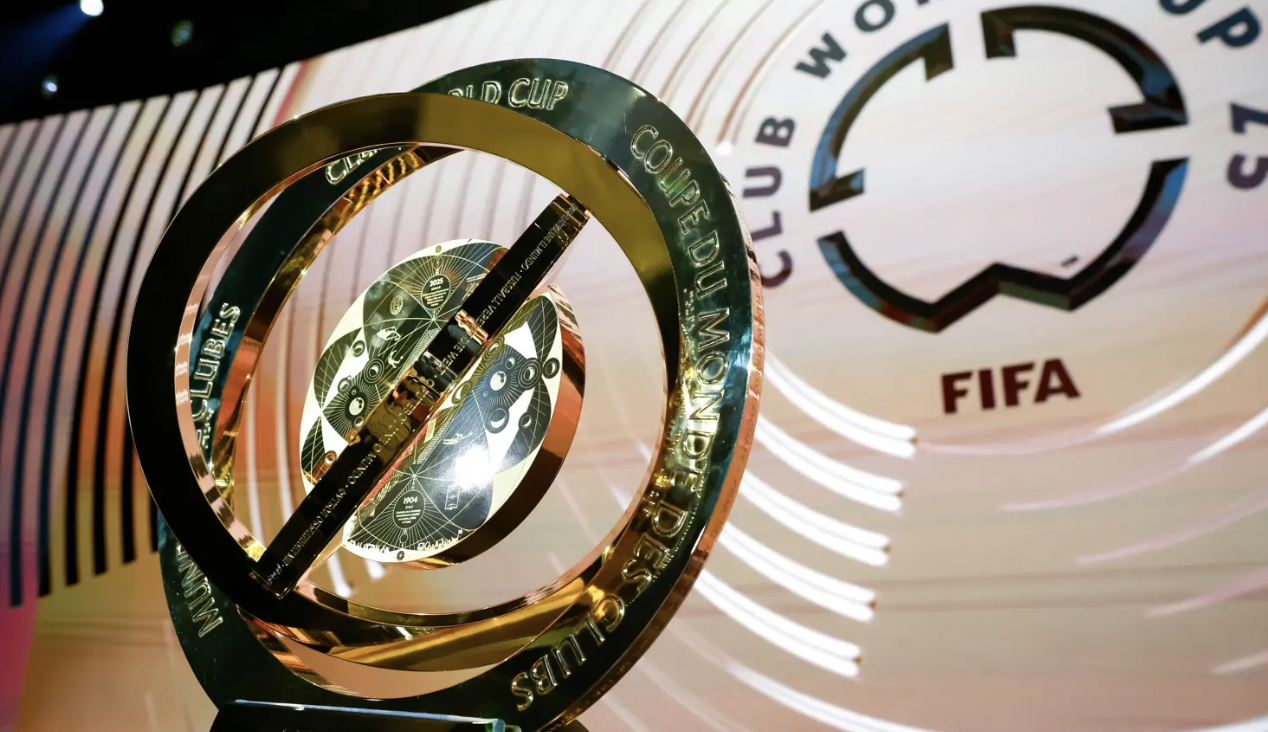July 1 – World players’ union FIFPRO has sounded another warning to FIFA over the intense heat at the Club World Cup, demanding longer half-time breaks and more cooling pauses.
The maiden edition of the 32-team tournament has been marred by heat sometimes exceeding 40 degrees celsius in the United States, large swathes of which have laboured under a heat wave. Lunchtime kickoffs favouring European audiences, and adverse weather conditions prompting match suspensions haven’t helped either. FIFA has mitigated the problem somewhat with cooling breaks in the 30th and 75th minute.
“We’ve asked FIFA not to schedule matches during the hottest periods of the day,” said Alex Phillips, FifPro’s general secretary, at a news conference on Monday. “But the final call lies with FIFA.”
Phillips was the first to admit that FifPro’s role is restricted to trying to influence the actual decision-making. Next year, the United States will co-host the 2026 World Cup with Mexico and Canada, with the possibility of up to six matches a day looming large in a 48-team format. FIFA is yet to release a match schedule but history suggests there could be challenges.
In 1994, when the US first staged the global finals, lunchtime and afternoon kickoffs were the standard to accommodate TV viewers in Europe. That prompted a series of complaints. Players and managers have also complained about conditions at the Club World Cup. Fifpro pointed out that next year Seattle and Vancouver will be the only two host cities that carry a low risk of heat stress injury according to the American College of Sports Medicine.
FifPro is also proposing a 20-minute half-time and cooling breaks every 15 minutes when temperatures are dangerously high. Phillips called the engagement with FIFA positive.
He said: “They have actually modified how they have been dealing with heat during the matches based on Fifpro’s input.
“Obviously, it would have been better if that had happened in advance, but it’s better that they have adapted and they’ve put in place various different mitigation measures. There’s additional water around the pitch, towels and so on, and the threshold for the cooling breaks has come down. So there has been a positive reaction from FIFA, which is good.
“But going forward, it’s not just FIFA. It’s any competition organiser staging tournaments in this kind of heat. Their protocols [need to] reflect more of the good practice in Australia, the US and other countries that deal with this week after week in their national leagues.”
Contact the writer of this story, Samindra Kunti, at moc.l1751403684labto1751403684ofdlr1751403684owedi1751403684sni@i1751403684tnuk.1751403684ardni1751403684mas1751403684

